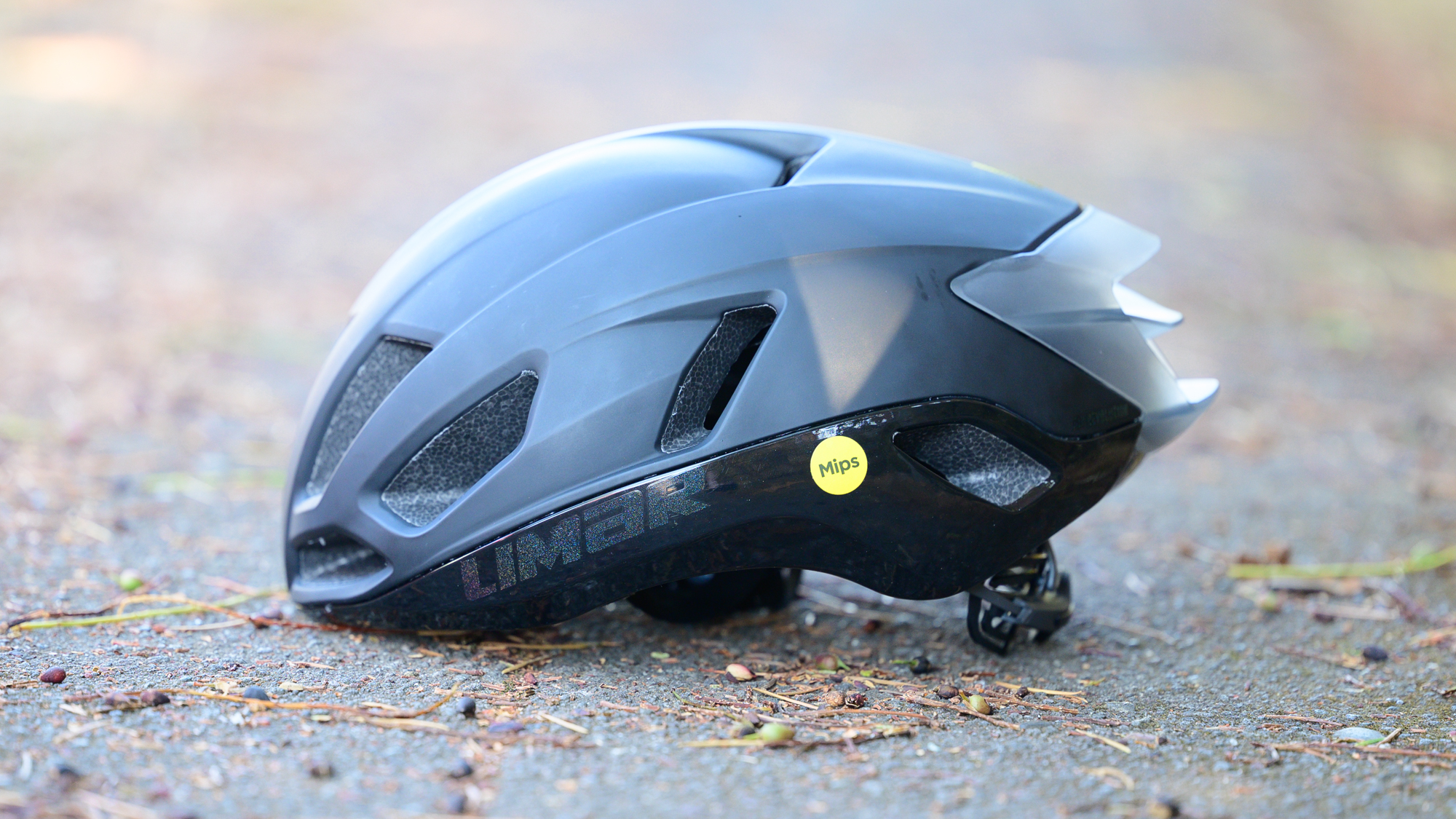
Almost every modern helmet today uses Expanded Polystyrene (EPS) foam but it wasn't always like that. The innovation came to market in the mid-1970s and at the time, there weren't a lot of companies pushing the technology forward. While the bike industry began coalescing around the idea, Limar's parent company, Manifattura Polistirene Espanso (MPE), was already an experienced provider of shaped polystyrene for other applications. By the time Limar produced the brand's first bike helmet in 1988, the company already had over 20-years experience.
Price: £265 / $319.95
Available colours: Iridescent Matte Black, Iridescent White, Matte Gray, Matte Amaranth, Matte Black Titanium, Matte Blue, Above the clouds, Pink Blue
Rotational Impact technology: MIPS Air
Weight: 253g as measured in size M without 26g UFO fairing
Almost 40-years later, things have changed a lot but there are some constants. One of them is that Limar is still known for making some of the lightest bike helmets you can buy. The Limar Air Atlas MIPS is the brand's premier aero offering developed with input from Astana. The helmet finds itself in our list of the best road bike helmets as the best option for a lightweight helmet and, given that it's also aero optimised, it shows up on the best aero helmets list as well.
There is a bit of an asterisk involved in the lightweight title though. It's worth exploring the details around that as well as the rest of the experience of what it's like to wear the Limar Air Atlas MIPS. If you are looking for a new helmet, aero or not, keep reading to see if Limar has the best option for you.
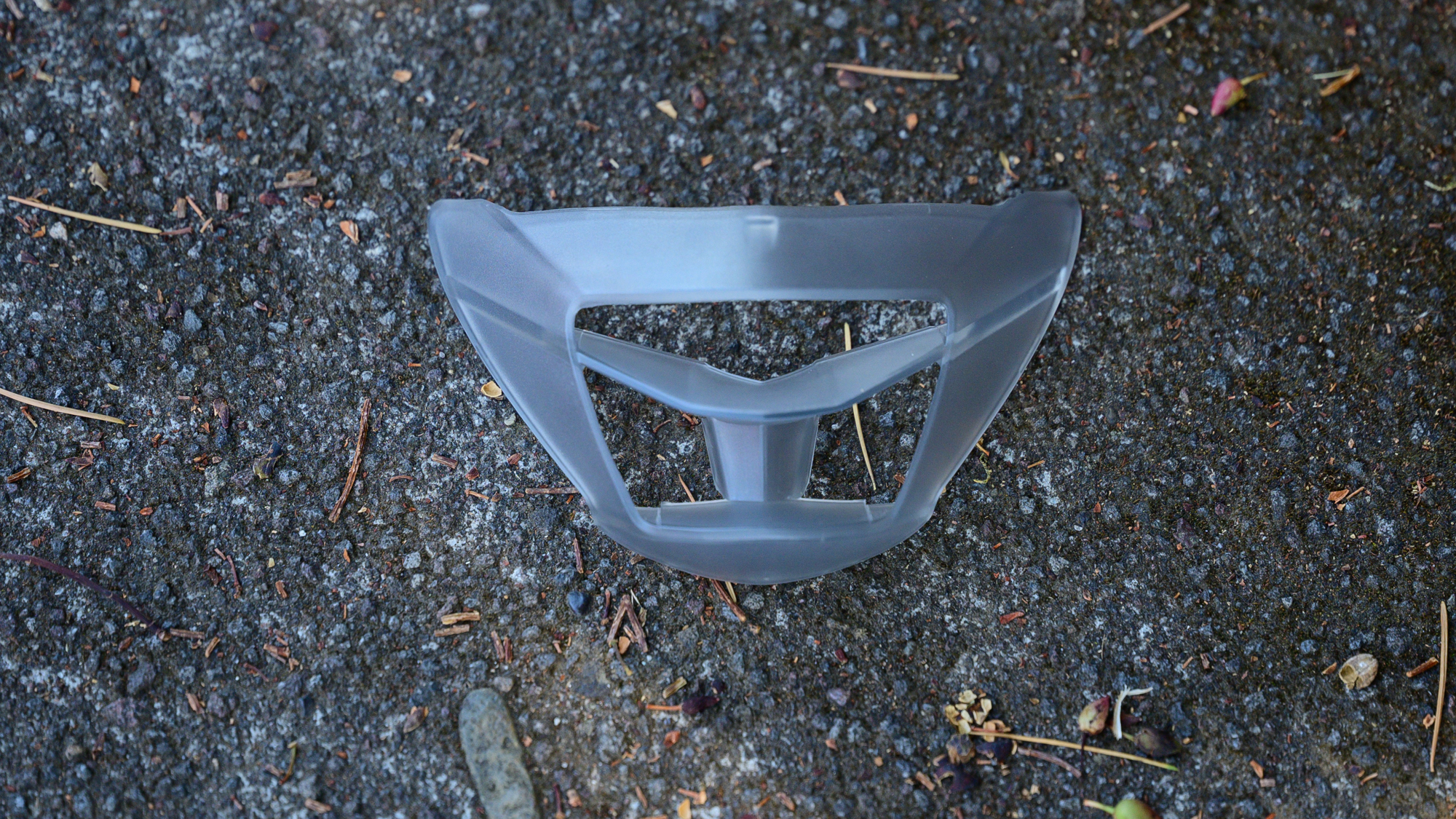
Design and aesthetics
By the early 90s, it became clear to helmet manufacturers that using a protective outer coating over a helmet's EPS foam had a number of advantages. The outer cover created a slip plane in a crash, it held the foam together and protected in day to day use, but it also turned helmet manufacturers into fashion companies. Limar points to the brand's 1993 sponsorship of Team Gatorade as the first time that any helmet carried team colours. Obviously, the trend continued.
Today Limar sponsors Team Astana and claims the team was instrumental in development of the Air Atlas + MIPS. For consumers, that means one of the eight colorways available is an Astana option with a white front and a geometric rear. Alongside that option, there is also a wild pink and blue with a wavy pattern of lines reminiscent of wind blowing across the helmet.
For those that would rather keep the colours a little more staid there are six other options still to choose from. Matte options include amaranth (red), titanium, gray, and blue or you can choose white or black with either a fully glossy outer or only a glossy lower section. The black and the white are also called iridescent, however the only actual iridescence are the logos on the sides plus the small front and rear logo.
Aside from matching the rest of your kit, choosing a colour is also an opportunity to consider the rear fairing on the Air Atlas. The piece is a 26 gram semi-transparent extension that sits at the rear of the helmet. It changes colours depending on the overall colour of the helmet and notably Mark Cavendish was sporting a green version on his Monster Energy branded helmet.
The fairing isn't just about cosmetics though. Limar calls the fairing U.F.O. Not for unidentified flying object but rather, "unidentified object." Surely someone is aware of the flying part and it's actually a subtle reference? Either way, the fairing extends the rear of the helmet by clipping on in the centre channel. Remove it and the helmet weighs in at 253 grams for a size medium but clip it back in and this helmet is now heavier than the Trek Ballista.

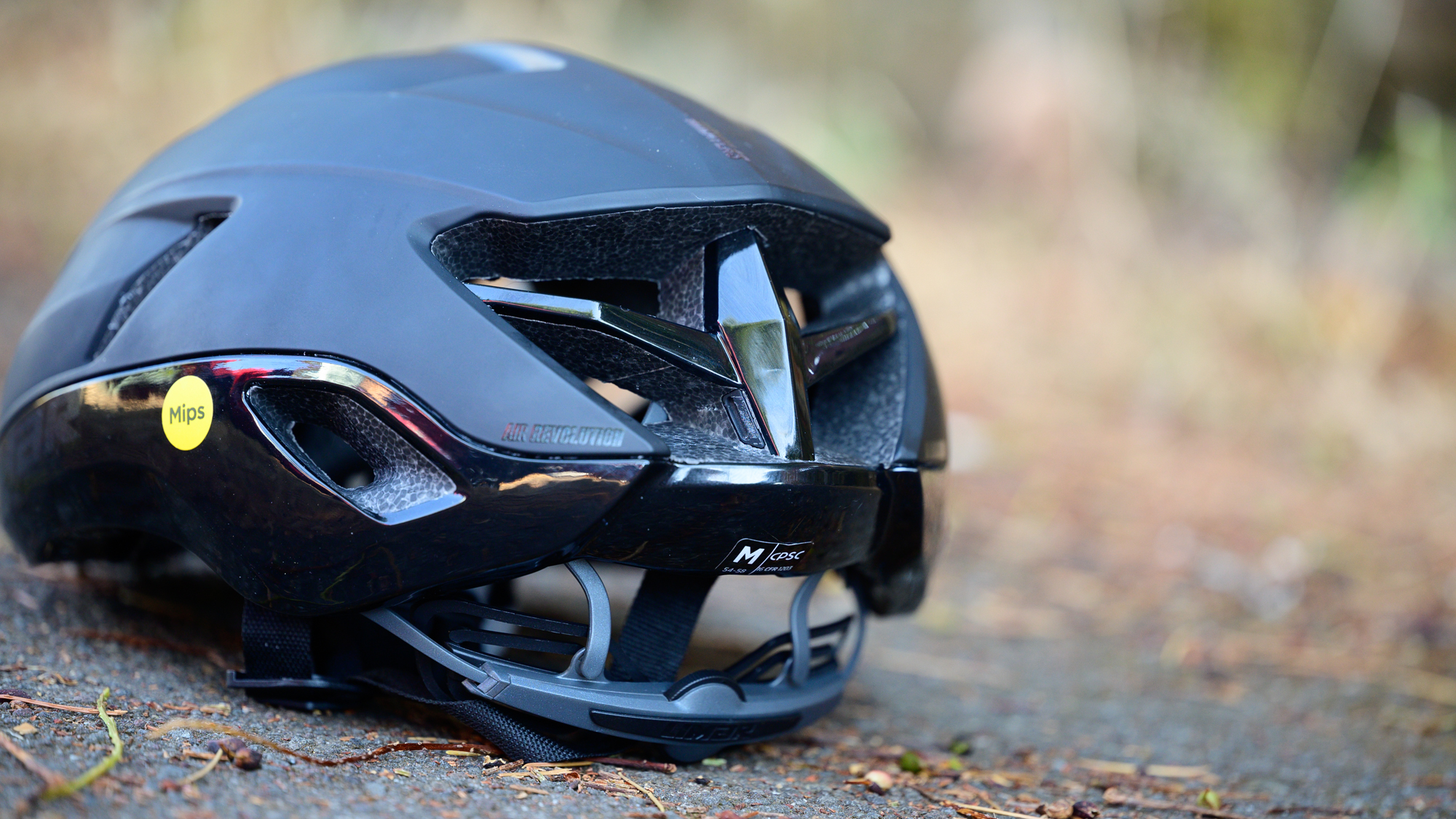
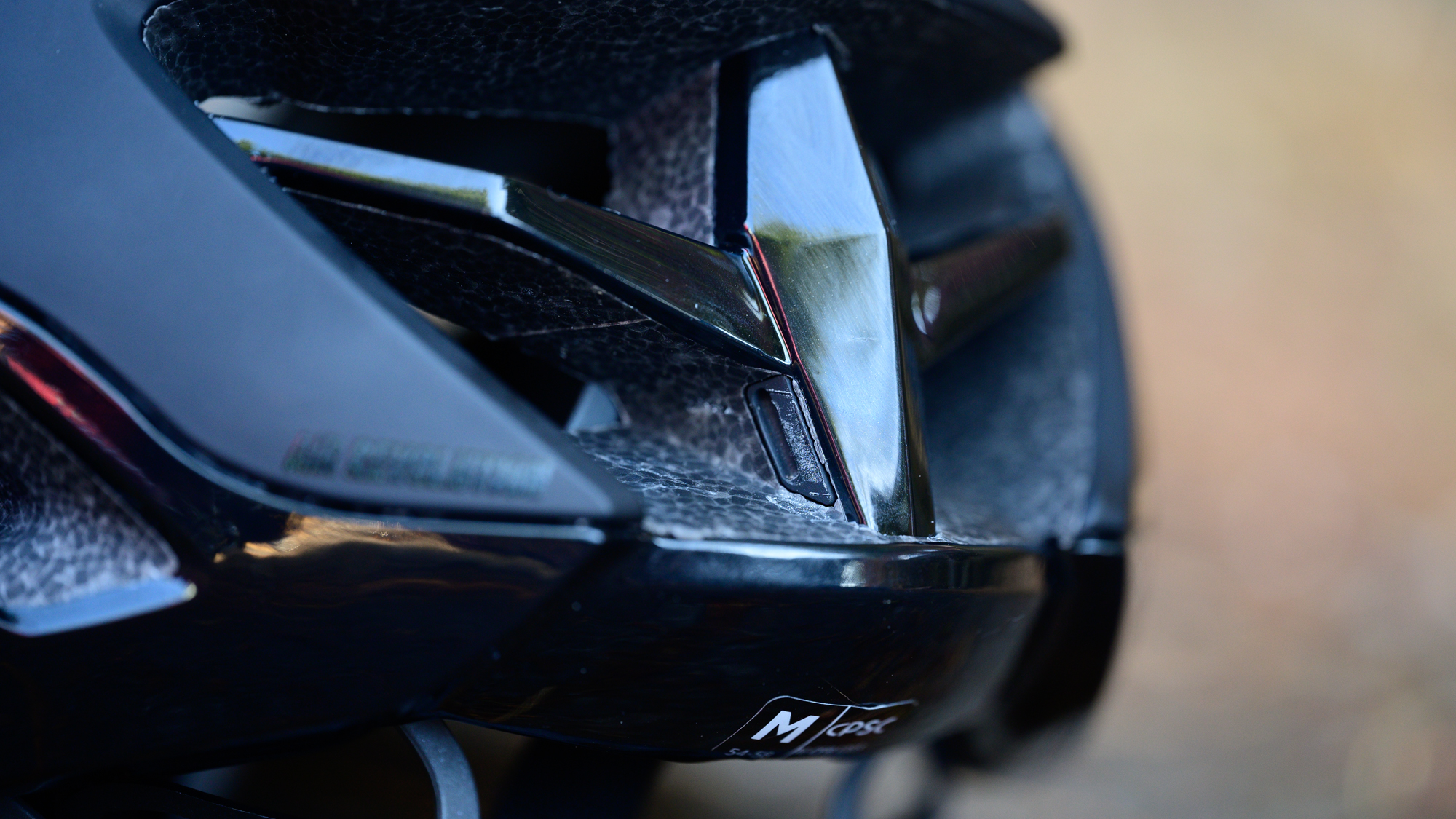
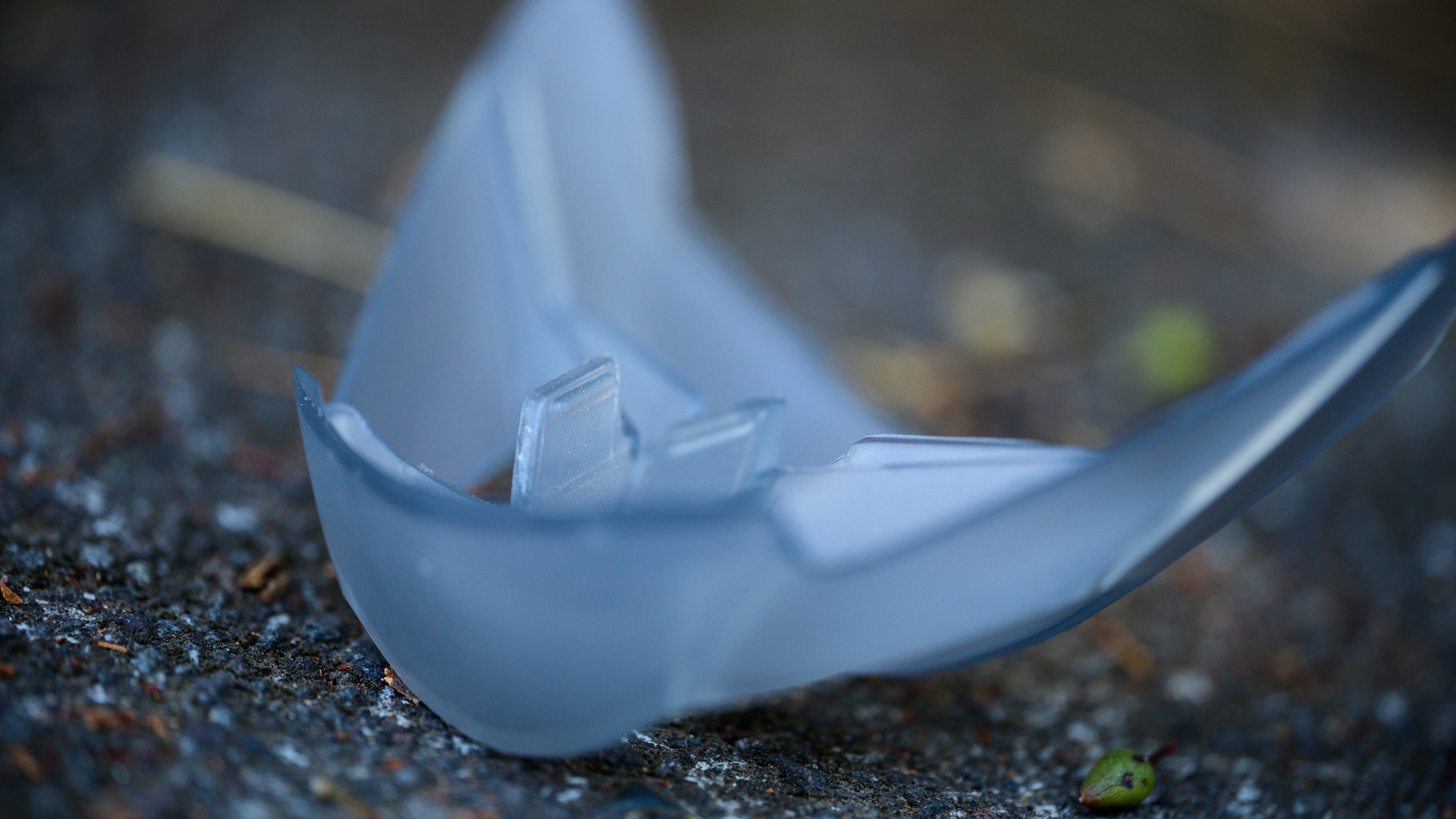
What is less easy to measure is the aerodynamic effect of removing the UFO. Like almost every company, Limar doesn't share the wind tunnel data for this helmet. The company does share that the Air Atlas is "1.4 watts faster at 50 km/h compared to previous generation Air Speed." What's interesting about that is that we can trace the claims backwards through time using that info.
While it's not possible to understand the aero effect of the UFO on its own, or the performance of this helmet compared to others, we can see how far aero road helmets have come. For the Air Speed, Limar claimed a match in performance to the 2019 Air King TT helmet. That's a 340 gram TT helmet with a full face shield that's likely still used regularly at local races. Now you can get the same performance with a standard helmet design for everyday rides. That's pretty impressive.
The straps on this helmet probably have an effect on that performance as well. They are thin and flexible, and with the help of the side divider they lay flat against your face. Under the chin instead of a buckle, there is a magnetic fidlock system that is not only easy to buckle and unbuckle but also minimal. Completing the system is a pad that velcros together and makes sure to keep any extra strap material from becoming an aerodynamic drag.
Another aspect of this helmet that performs dual duty is the padding. It's highly minimal to help keep weight low but it's also there to replace any need for an internal MIPS liner. Instead of the liner, the back of the padding uses ultra slick plastic. There are small dots of velcro to hold the liner in place but in the event of a crash, the velcro will come loose and the pads will slide against the inside of the helmet. You'd never know this was a MIPS helmet without the branding.
The last part of the rider helmet interaction system is the rear cradle. It's above and just ahead of the ears with a pivot point. At the rear of the helmet the cradle has a sliding adjuster with five points across a 34mm slider. When pulled all the way down it opens a large hole in the rear with plenty of room for a ponytail. You can also easily slide the occipital pads left and right to fine tune how they interact with the back of your head when tightening the rear dial.

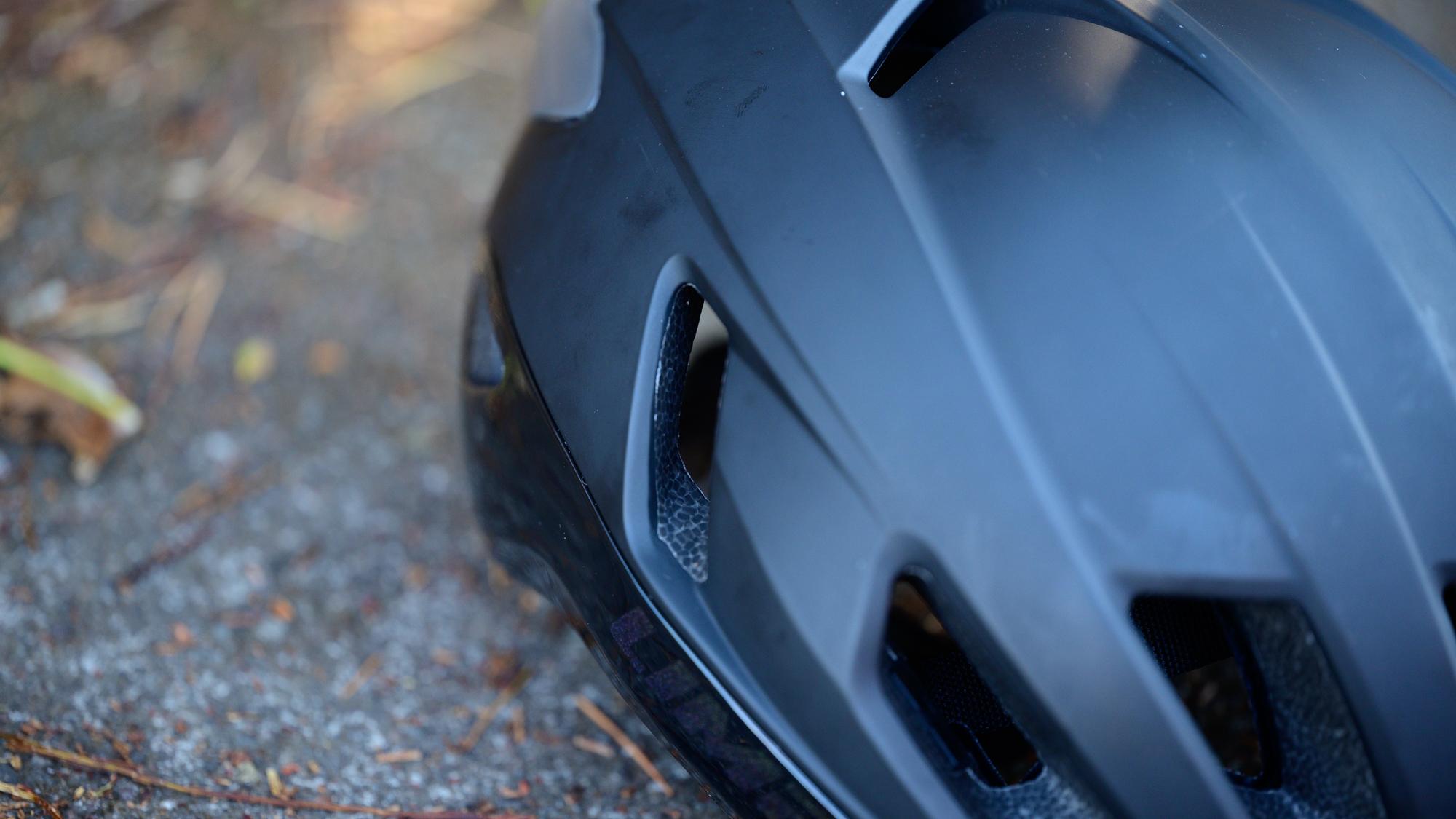
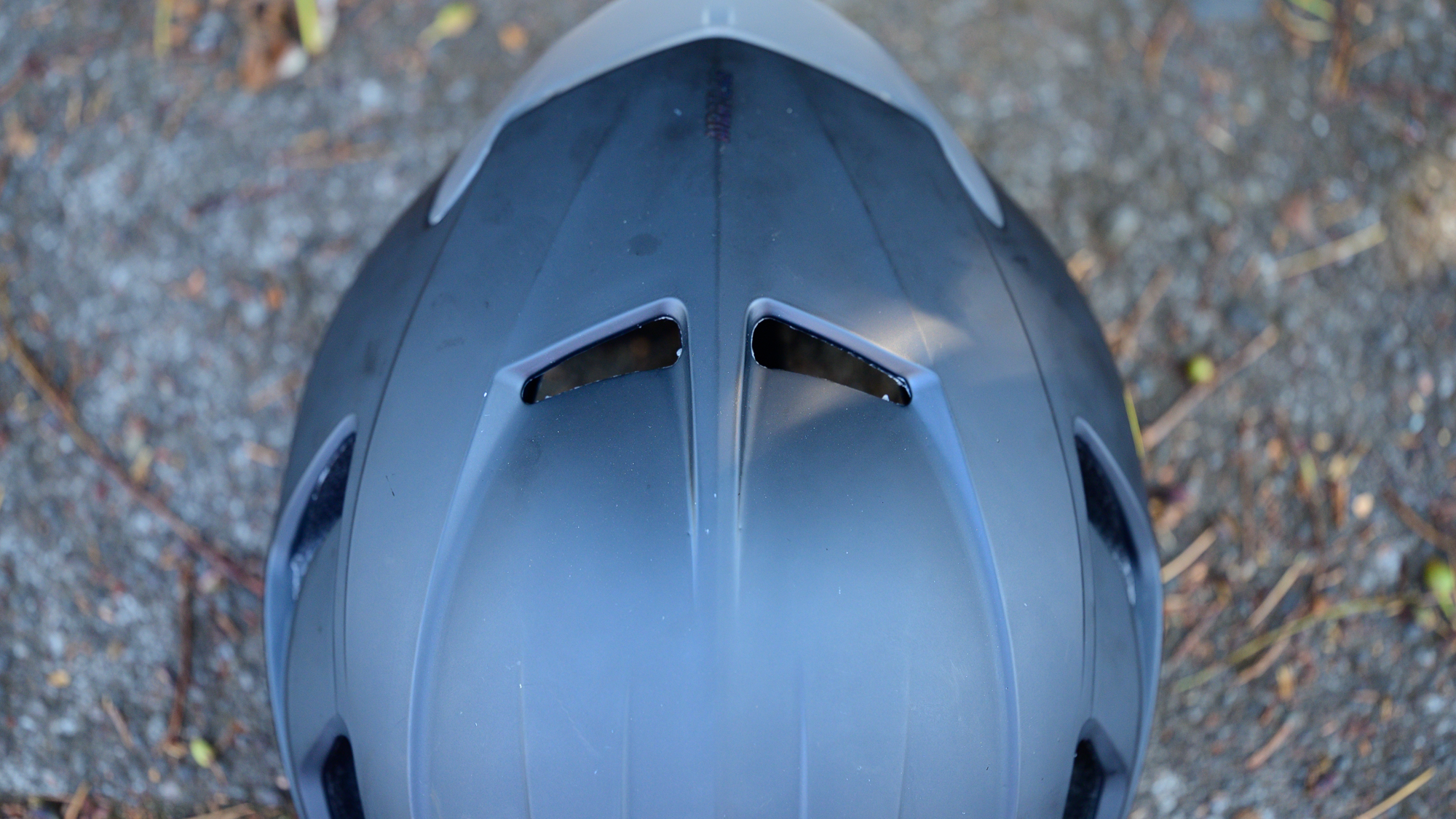
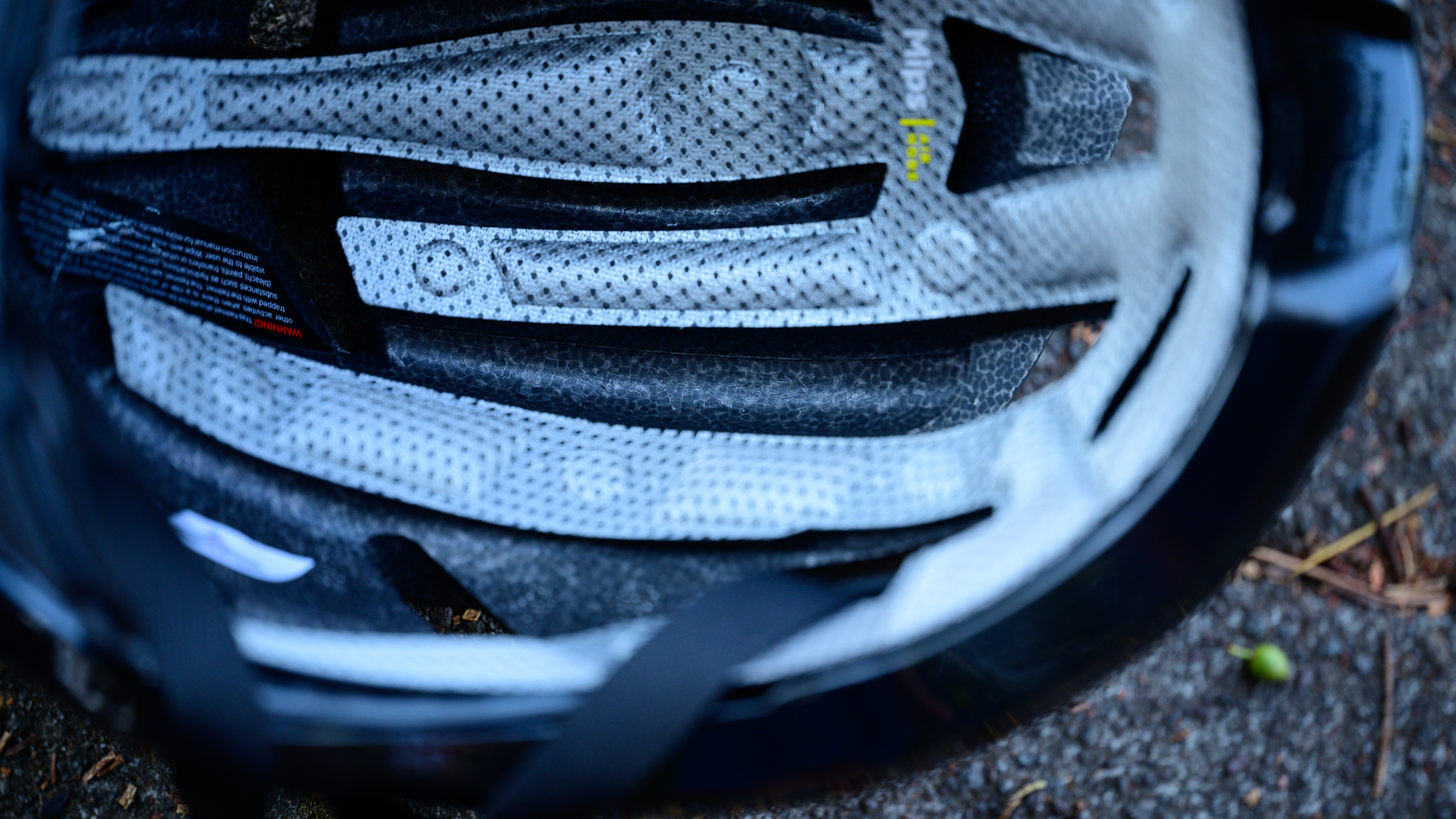
Performance
Putting on the Limar Air Atlas MIPS, what I noticed right away was what felt like a short and round fit. So much so that I got out a tape measure and compared it to another helmet in my collection. When the numbers matched, I spent time figuring out what was different.
What I found different about the Limar Air Atlas MIPS fit was actually the huge adjustability in the rear cradle. A helmet I've spent a lot of time in is the Trek Ballista MIPS and that helmet offers only 20 mm of vertical adjustment. Moving the cradle around never fundamentally changes the fit, it just allows some tuning for preference. In contrast, the Limar Air Atlas allows almost 35mm of vertical adjustment in the rear cradle, plus the ability to change the occipital pad placement.
For me, when the cradle is down low at the back of my head it pushes the front of the hemet down a bit. Because Limar is using the MIPS Air Node system in this helmet, the padding is rather minimal. There's also a strip of almost no padding about 70mm behind the brow pad. Push the helmet too far forward and there's a spot on my head where I notice that low padding area. All of this to say, adjustability in the Air Atlas is exceptional but you may need to make use of it more than you expect. Once I spent some time finding the right fit for me, I found it quite close to the Trek Ballista and the Giro Eclipse Spherical. Specialized helmets sit higher on the head and POC helmets sit lower.


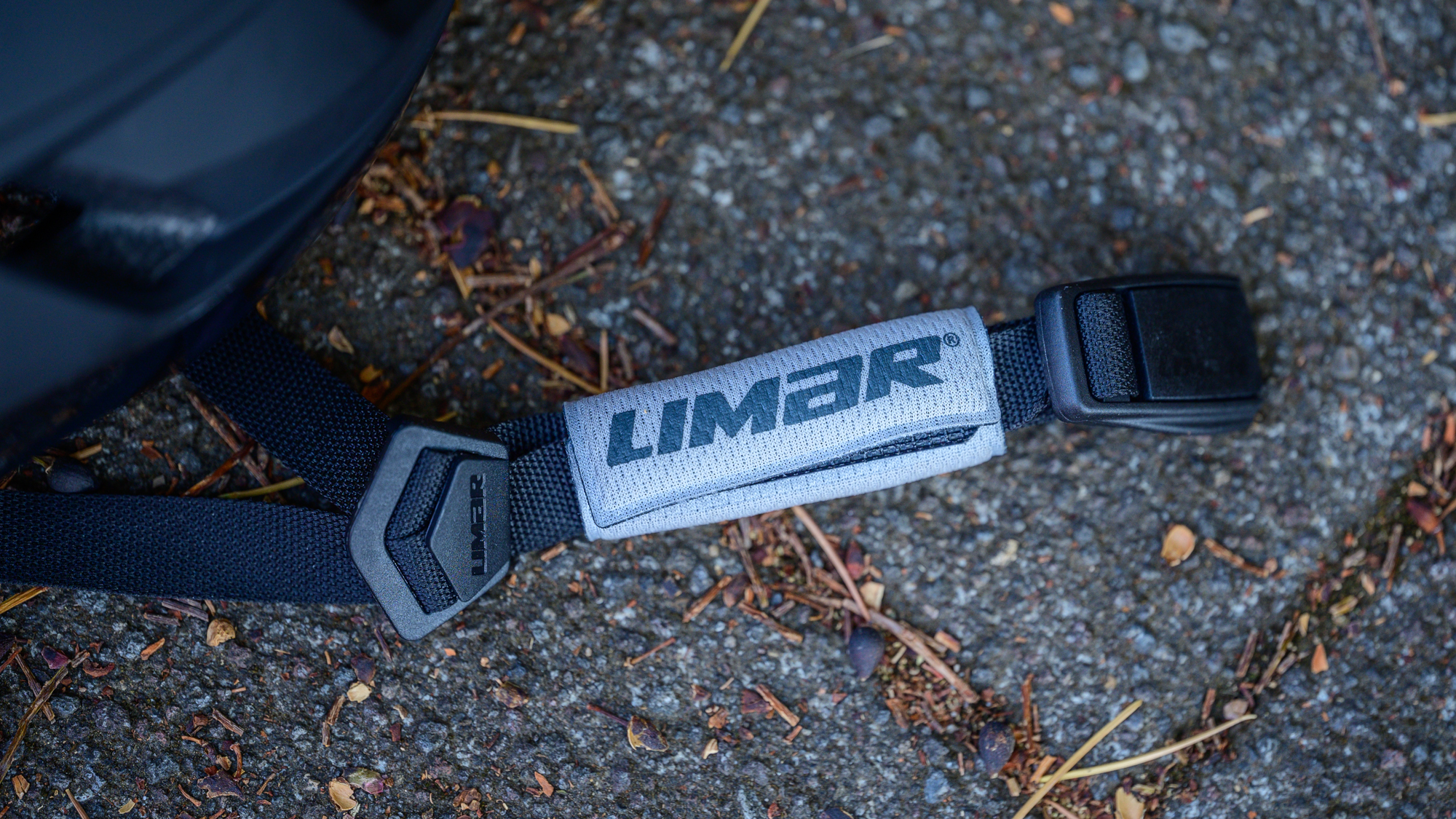

Fit aside, this is an aero helmet and the big question with aero helmets is cooling. Limar uses a bank of seven different air inlets that sit in the high pressure area right at the front of the helmet. As soon as you start moving, these vents push air through a series of channels between the pads. About halfway back, there are four vents that lower air pressure in the back of the helmet. The effect is to speed up the airflow through the internal channels and out of the rear vents.
The careful management of airflow through the helmet pays off when it comes to cooling. In fact, this is the real story of this helmet. The Limar Air Atlas is light and it’s aero but there are other light and aero helmets, put on this one and what you immediately notice is how effective the airflow management through the helmet is. The front vents are big enough you can feel a breeze when sitting still. Even when climbing at low speeds, there’s air movement through the helmet.
Again though, this is an aero helmet. The way the air moves through it matters a lot and the Air Atlas leans on this not only for cooling but also for aero performance. The UFO at the rear extends the length of the helmet but more than that, it affects how the exhaust air interacts with the air coming over the top of the helmet. I'd love to see the CFD analysis for this helmet but if you are considering a purchase, just know you will likely leave the UFO attached to the helmet most of the time. It's lighter without it but there’s otherwise no downside.
One other detail I came to appreciate after using the Limar Air Atlas more was how easy it is to wash the pads. The MIPS system in use means the pads are minimal but it also means they use velcro to attach to the EPS. There's no interaction with the straps and the whole pad system is a single unit. Carefully remove it and you can wash it in the sink with plenty of soap. MIPS Air is becoming a fairly standard system, so this isn't a unique feature of this helmet, but it's appreciated and not yet universal.


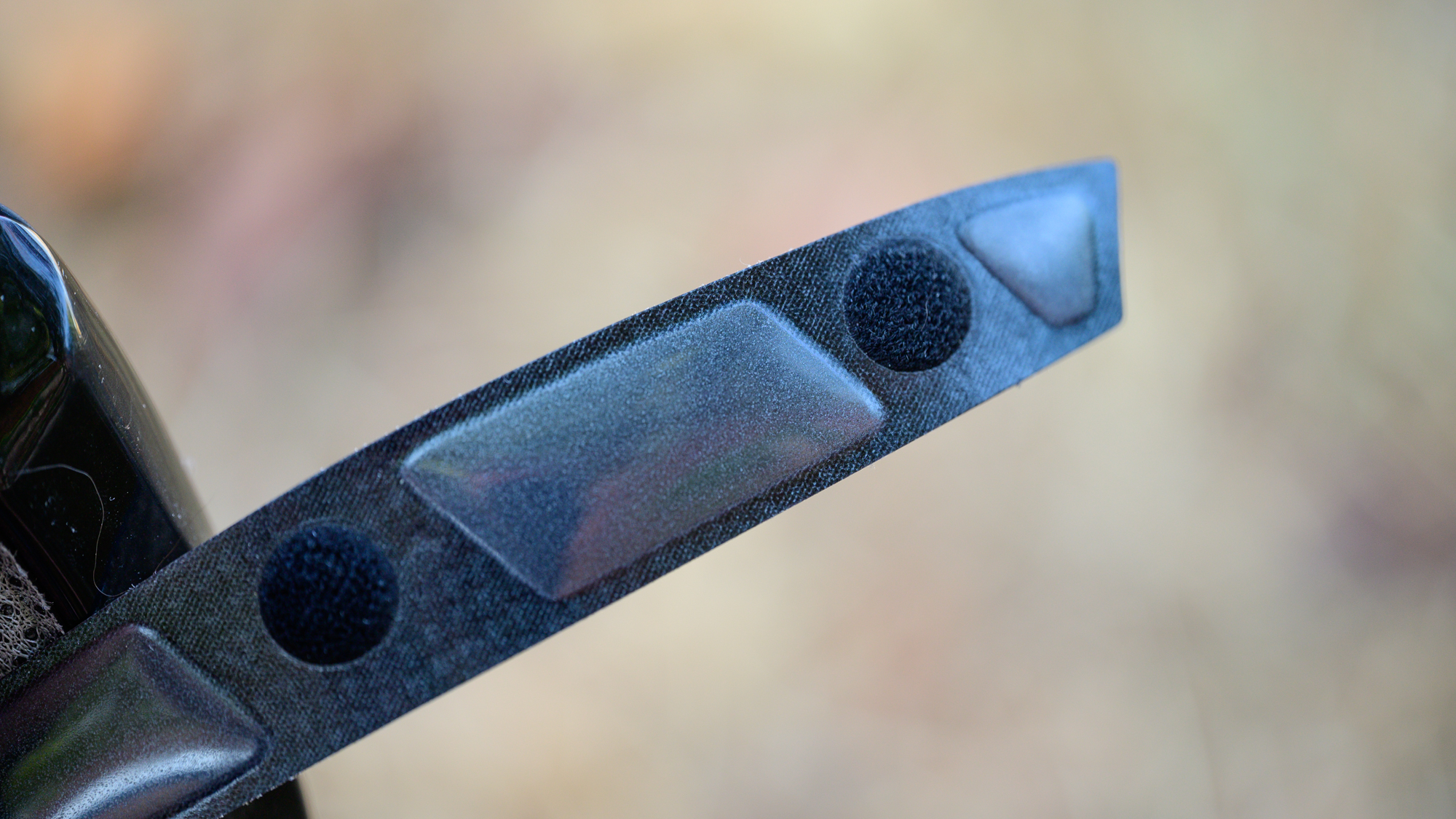

Verdict
Thinking about the Limar Air Atlas MIPS in a more general way, I'm a fan of this helmet. The way the padding and the rear cradle interact does mean you'll need to make use of the generous adjustability but that adds usability. I was able to find a spot that works for me and you probably will as well. Once you do, the magnetic buckle feels like a nice touch for getting in and out and the sparse padding, with no MIPS liner, helps keep weight down plus it’s easy to wash. For those that like to stow their glasses, there’s no special feature but the big open vents in the front are perfect for upside down glasses.
It's also a fast helmet that keeps the internal temperature down. Carefully managing flow through the helmet leads to air constantly cycling over your head and out the back. That same careful management of air also means the Limar Air Atlas MIPS is as aerodynamically fast as a TT helmet from only a few years ago. That's impressive for such a light and airy design.
What I felt myself asking a lot though was who might actually remove the fairing? If I hand you the helmet with the fairing and without, you can tell the difference of 26 grams. What about 7 grams though? I'm not so sure I can tell the difference when it's that close and that means it might make more sense to choose the 260 gram Trek Ballista MIPS. If you really want the lightest helmet possible, this is what I can point you to. Just know that if you want full aero performance, it gets heavier.







